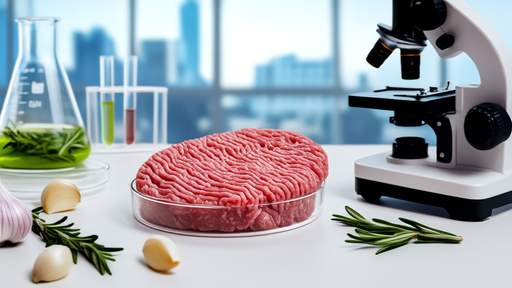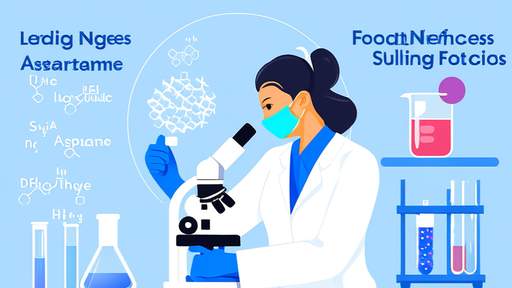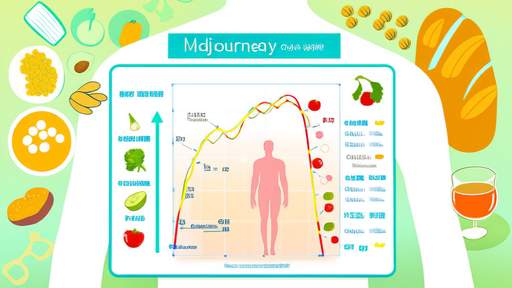In recent years, food intolerance testing has surged in popularity, marketed as a revolutionary tool to uncover hidden dietary culprits behind chronic fatigue, digestive discomfort, and even skin conditions. Yet, as these tests proliferate in clinics and online marketplaces, a critical question lingers: Are they grounded in legitimate science, or are they merely a cleverly packaged commercial gimmick?
The allure of food intolerance tests lies in their promise of personalized health insights. Unlike food allergies, which trigger immediate immune responses, food intolerances are subtler, often causing delayed and varied symptoms. This ambiguity makes them notoriously difficult to diagnose without extensive elimination diets—a tedious process many patients hope to avoid. Enter food intolerance tests, which claim to identify problematic foods through blood, hair, or even bioresonance analysis. But here’s where the science gets murky.
The Science (or Lack Thereof) Behind the Tests
Most commercially available food intolerance tests measure IgG antibodies, a biomarker often flagged as evidence of intolerance. Proponents argue that elevated IgG levels indicate an immune reaction to specific foods. However, the medical consensus tells a different story. Organizations like the American Academy of Allergy, Asthma & Immunology (AAAAI) have stated that IgG antibodies are likely a normal immune response to food exposure—not a sign of intolerance. In other words, detecting IgG might simply reflect what you’ve eaten recently, not what’s harming you.
Even more concerning are the tests that lack any scientific basis whatsoever. Hair analysis and bioresonance testing, for instance, are dismissed by experts as pseudoscience. These methods purport to detect intolerances by analyzing hair strands or electromagnetic waves, yet no credible studies support their validity. Despite this, they’re heavily marketed to consumers desperate for answers, often at steep prices.
The Commercial Machine at Work
The food intolerance testing industry thrives on ambiguity and the very real suffering of individuals with unexplained symptoms. With slick marketing campaigns and testimonials from influencers, these tests are framed as a quick fix for persistent health woes. Clinics and labs capitalize on the growing demand for "personalized wellness," offering packages that range from $100 to over $1,000. Yet, critics argue that the results are often vague, contradictory, or outright misleading.
One common pitfall is the overdiagnosis of intolerances. Many tests produce long lists of "problematic" foods, leaving patients with unnecessarily restrictive diets. This can lead to nutritional deficiencies and a fraught relationship with food—all based on questionable data. Worse still, some companies use the results to sell supplemental products, creating a cycle of dependency on their services.
The Case for Skepticism and Better Alternatives
For those struggling with chronic symptoms, the appeal of a definitive test is undeniable. But experts urge caution. Instead of relying on unproven commercial tests, they recommend evidence-based approaches like elimination diets supervised by dietitians or allergists. These methods may take longer, but they’re far more reliable and tailored to the individual.
Meanwhile, regulatory bodies have been slow to rein in the industry. Unlike medical diagnostics, many food intolerance tests fall into a gray area, escaping rigorous scrutiny. Until stricter regulations are enforced, consumers are left to navigate a market rife with exaggerated claims and dubious science.
The Bottom Line
Food intolerance testing sits at a contentious crossroads between science and commerce. While the idea of pinpointing dietary triggers with a simple test is enticing, the current offerings often fail to deliver on their promises. For now, the most prudent approach may be a healthy dose of skepticism—and a commitment to proven, patient-centered care.

By /Jun 5, 2025

By /Jun 5, 2025

By /Jun 5, 2025

By /Jun 5, 2025

By /Jun 5, 2025

By /Jun 5, 2025

By /Jun 5, 2025

By /Jun 5, 2025

By /Jun 5, 2025

By /Jun 5, 2025

By /Jun 5, 2025

By /Jun 5, 2025

By /Jun 5, 2025

By /Jun 5, 2025

By /Jun 5, 2025

By /Jun 5, 2025

By /Jun 5, 2025

By /Jun 5, 2025

By /Jun 5, 2025

By /Jun 5, 2025